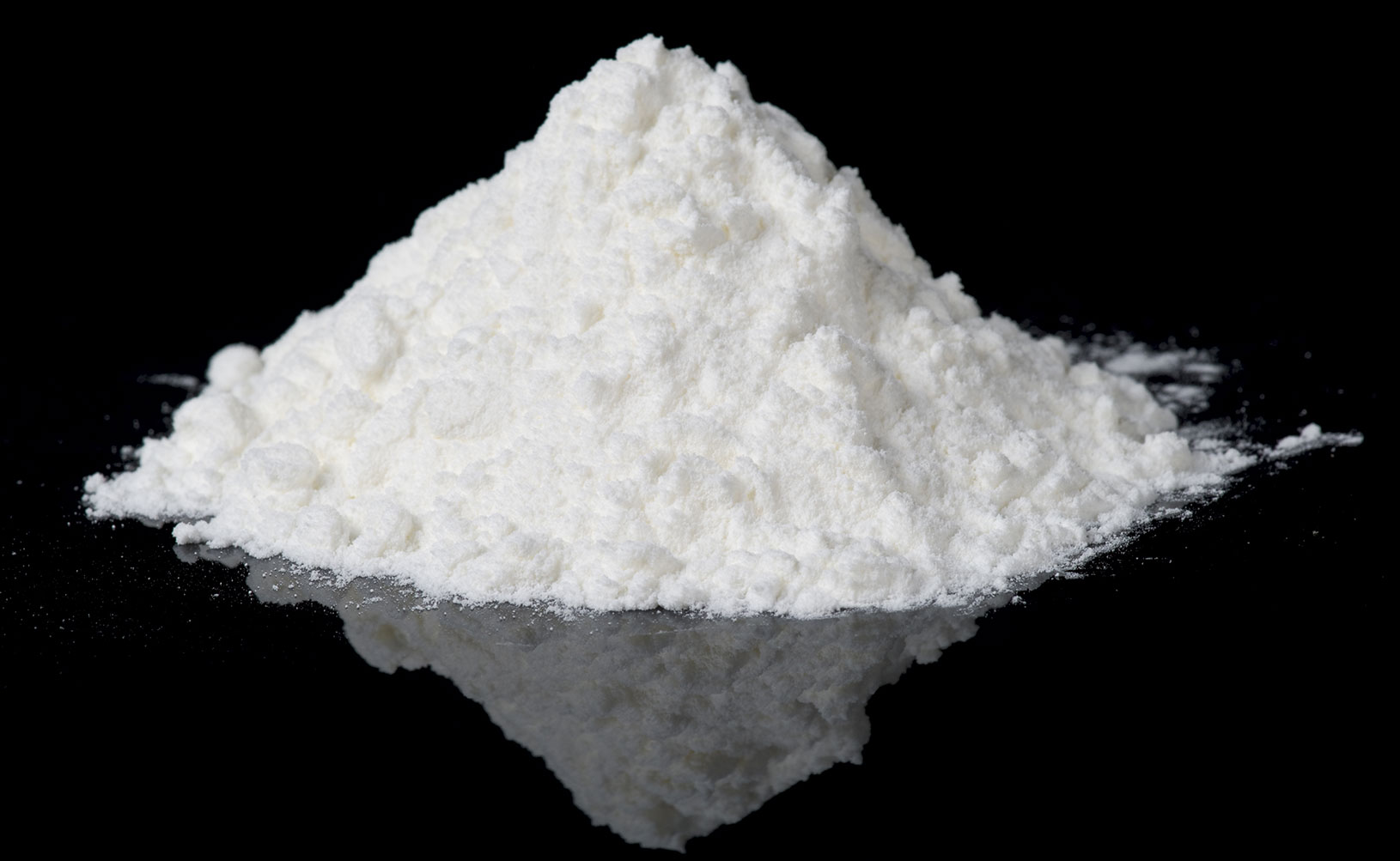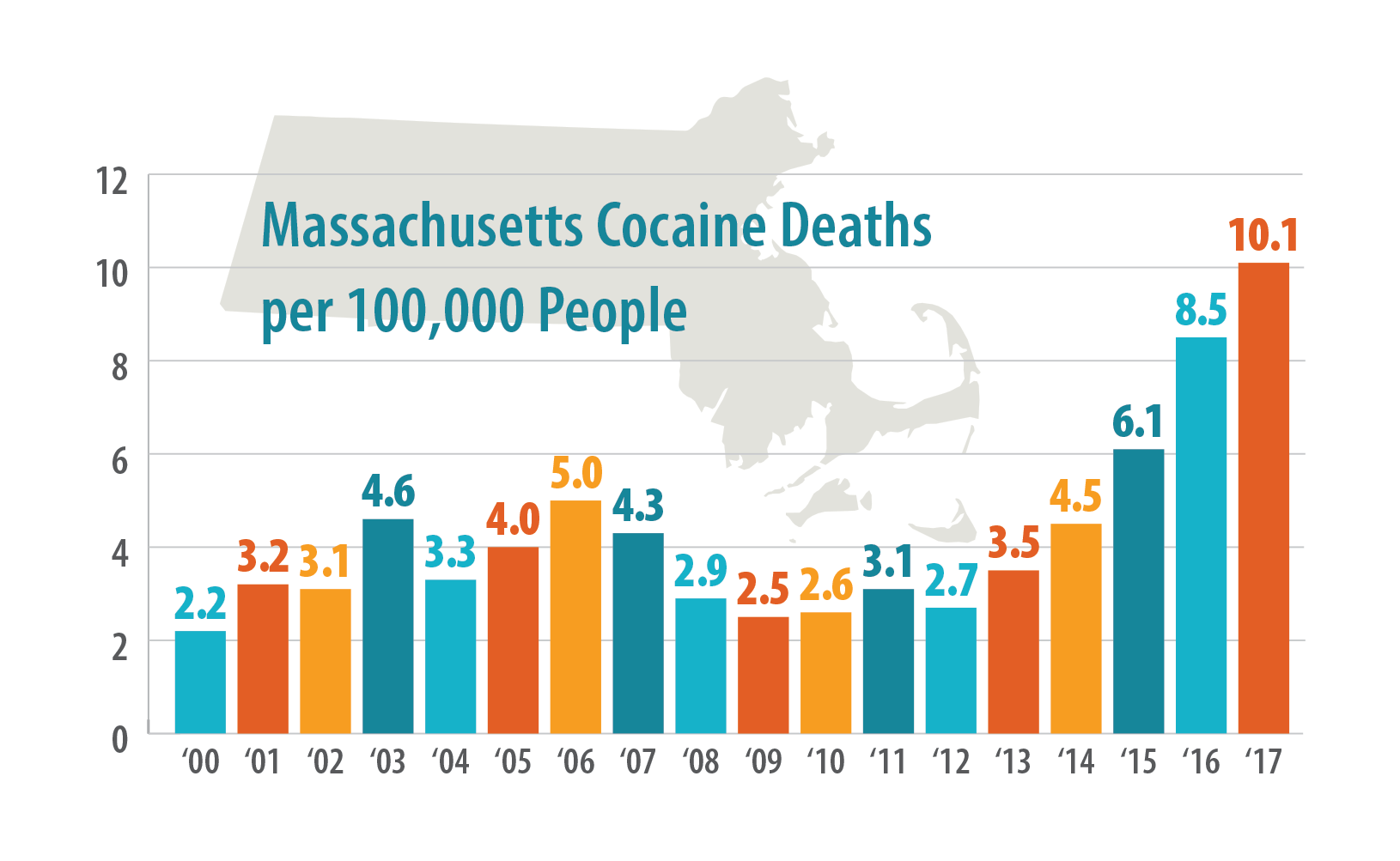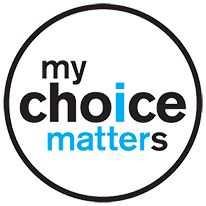KNOW THE FACTS
COCAINE

Cocaine is an addictive stimulant drug made from the leaves of the coca plant native to South America.
Cocaine comes in two forms:
- Powder cocaine is a white powder (which scientists call a hydrochloride salt). Street dealers often mix cocaine with other substances like cornstarch, talcum powder, or sugar. They also mix cocaine with active drugs like procaine, a local anesthetic (a chemical that causes you not to feel pain in a specific area of the body), and with other stimulants like amphetamines.
- Crack is a form of cocaine that has been processed to make a rock crystal that people smoke. The term “crack” refers to the cracking sound the rocks make when they are heated.
All drugs change the way the brain works by changing the way nerve cells communicate. Nerve cells, called neurons, send messages to each other by releasing chemicals called neurotransmitters. These neurotransmitters attach to molecules on neurons called receptors. Drugs affect this signaling process.
There are many neurotransmitters, but dopamine is the main one that makes people feel good when they do something they enjoy, like eating a piece of chocolate cake or playing a video game. Normally, dopamine gets recycled back into the cell that released it, thus shutting off the signal. Stimulants like cocaine prevent the dopamine from being recycled, causing a buildup of the neurotransmitter in the brain. It is this flood of dopamine that causes cocaine’s high. The drug can cause a feeling of intense pleasure and increased energy.
With repeated use, stimulants like cocaine can disrupt how the brain’s dopamine system works, reducing a person’s ability to feel pleasure from normal, everyday activities. People will often develop tolerance, which means they must take more of the drug to get the desired effect. If a person becomes addicted, they may take the drug just to feel “normal.”
After the "high" of the cocaine wears off, many users experience a "crash" and feel tired or sad for days. They also experience a strong craving to take cocaine again to try to feel better.
The surge of dopamine in the brain affects the body in a variety of ways:
- constricted blood vessels and dilated pupils
- higher body temperature
- higher blood pressure and faster heartbeat
- feeling sick to the stomach
- restlessness
- decreased appetite and, over time, a loss of weight
- inability to sleep

Source: State Health Access Data Assistance Center analysis of Centers for Disease Control and Prevention data, 2020
Tips for Teens: The Truth About Cocaine
Substance Abuse and Mental Health Services Administration (SAMHSA)

